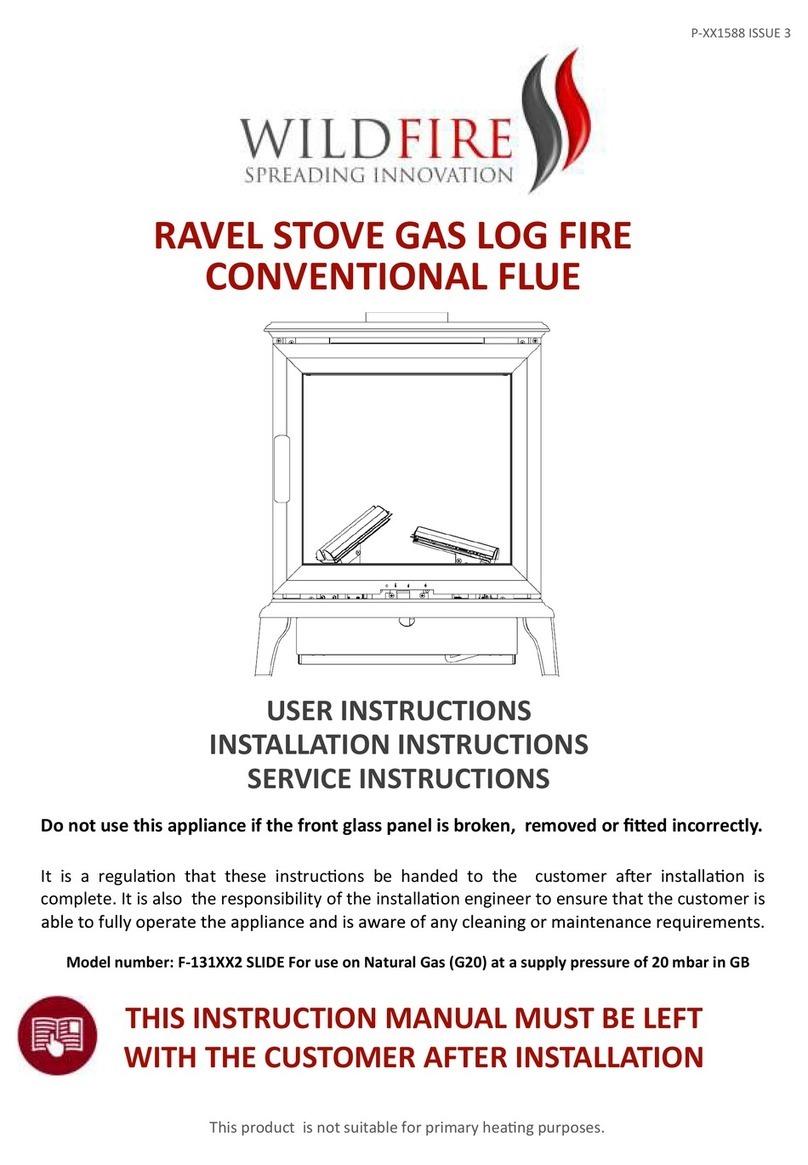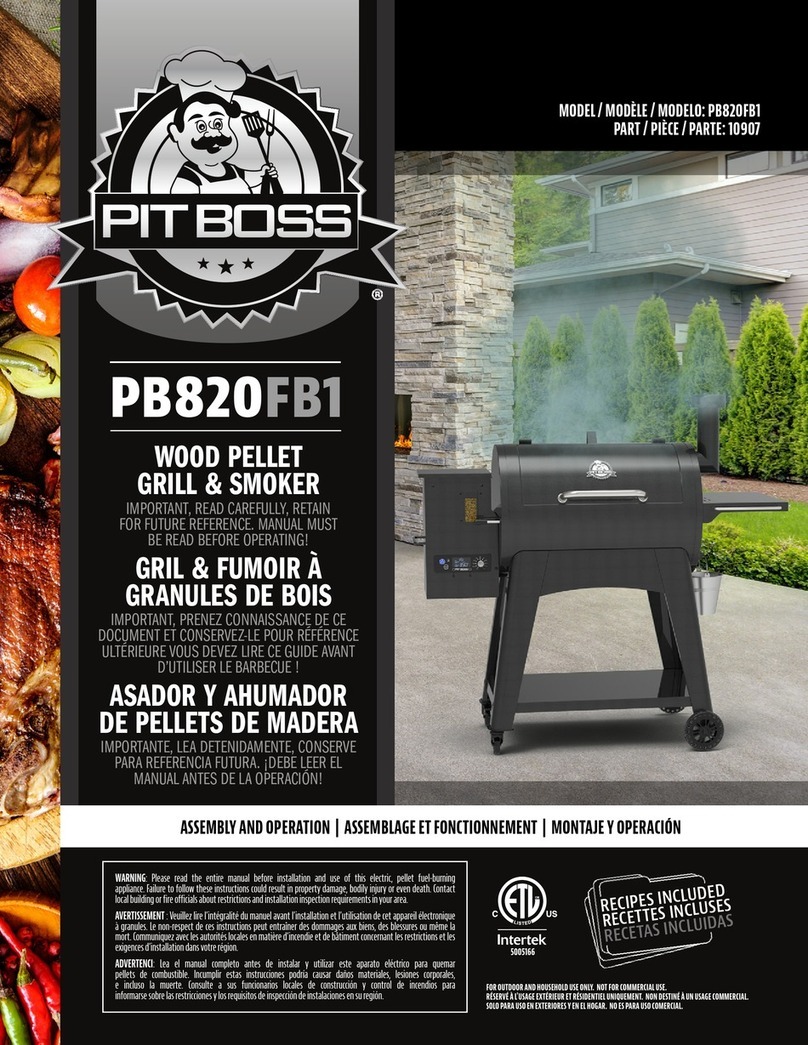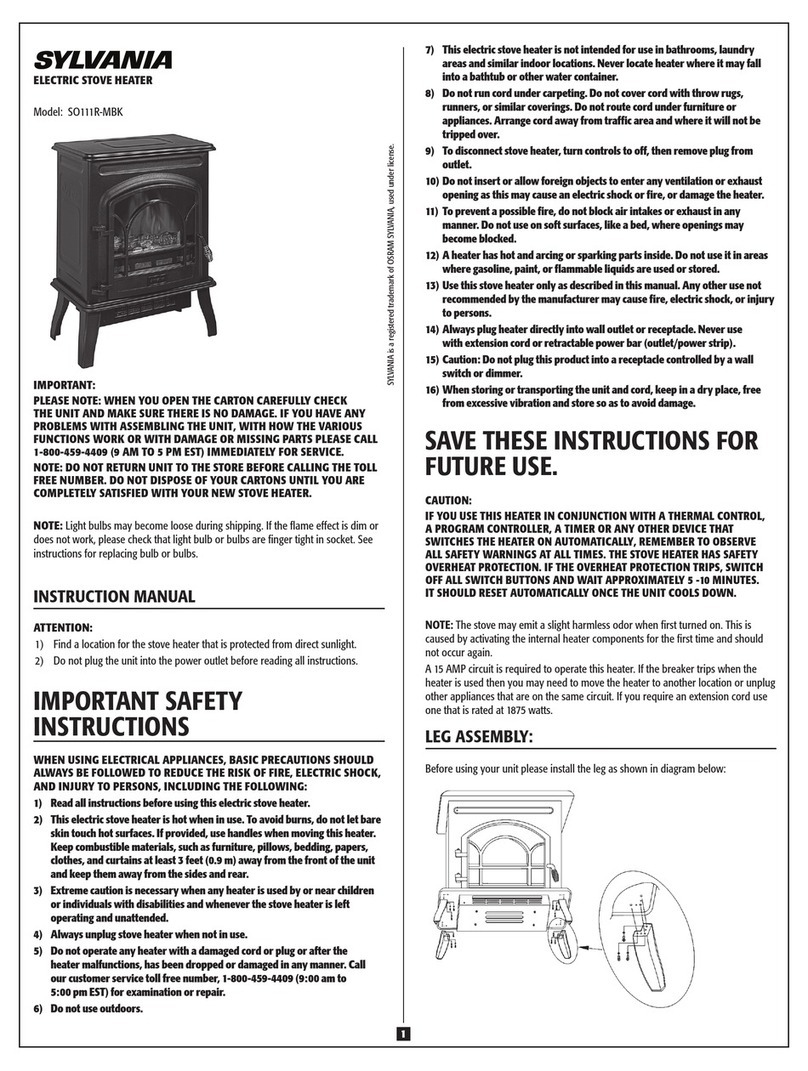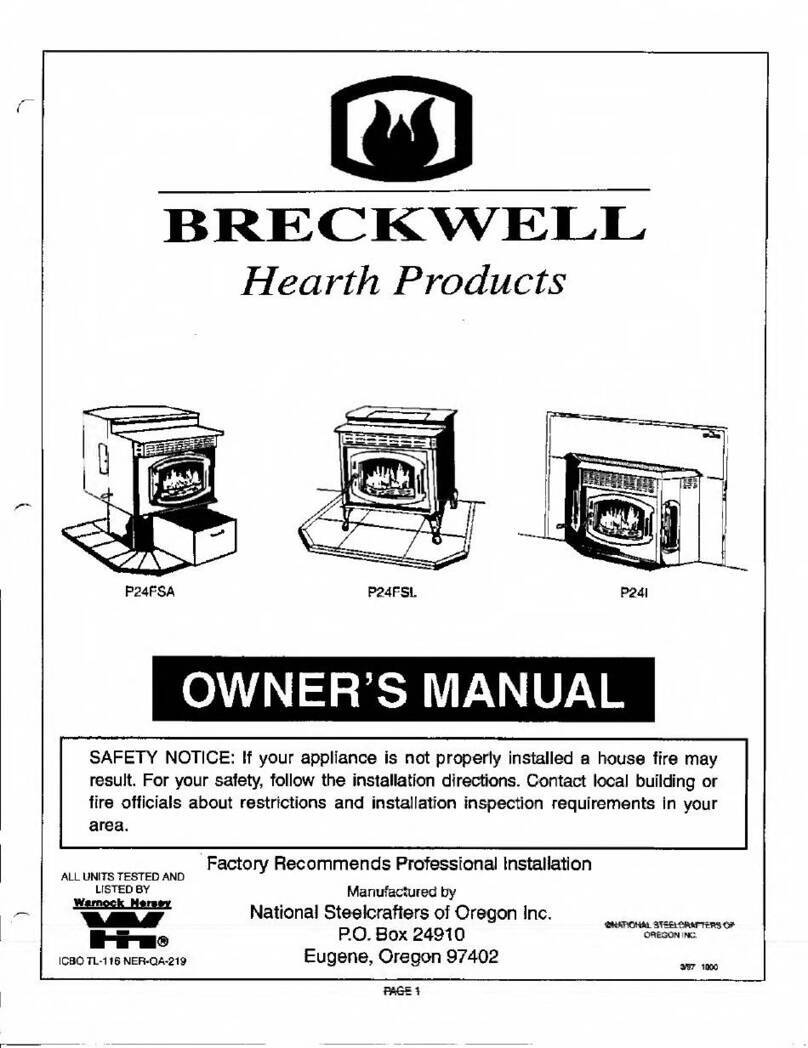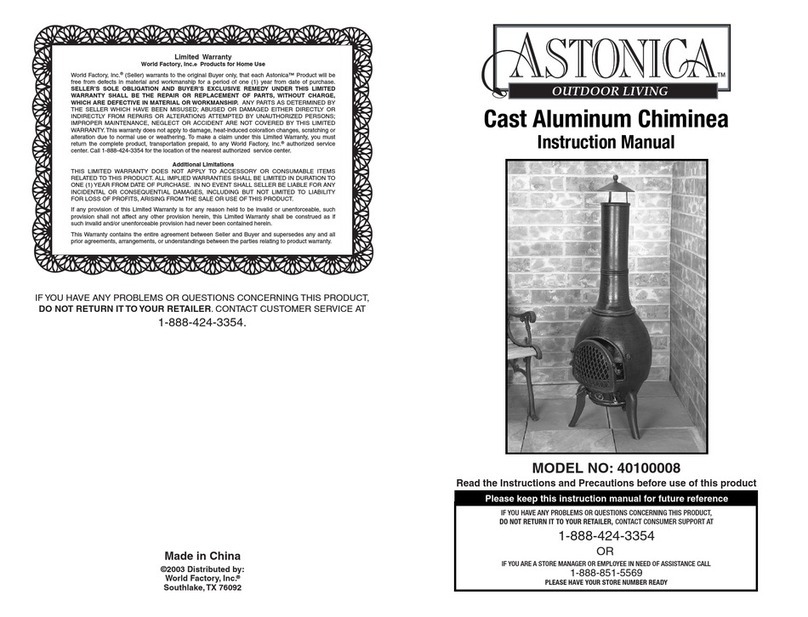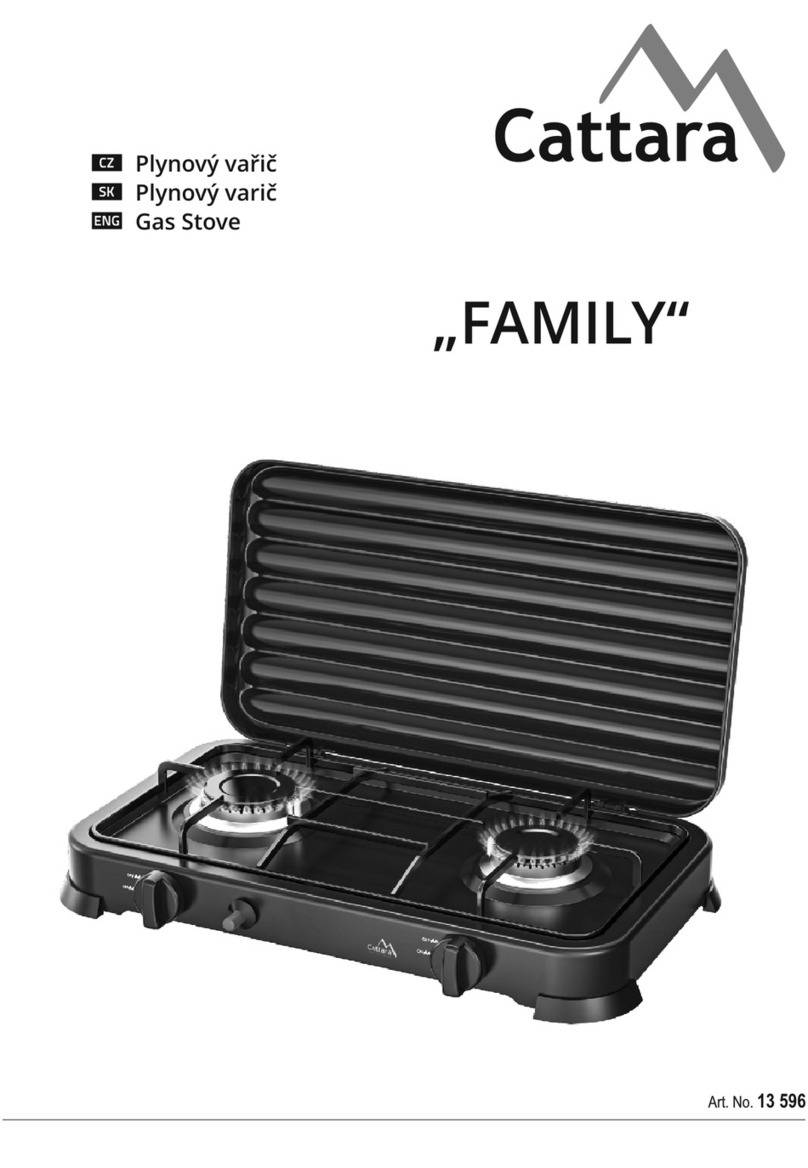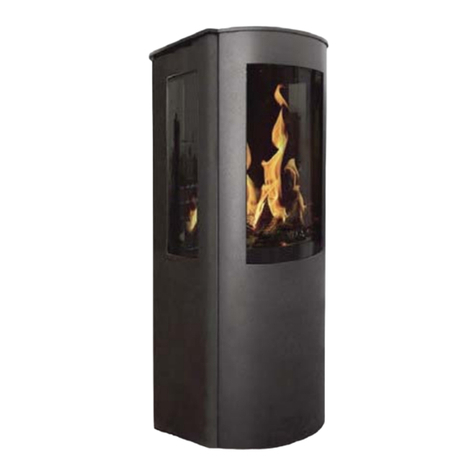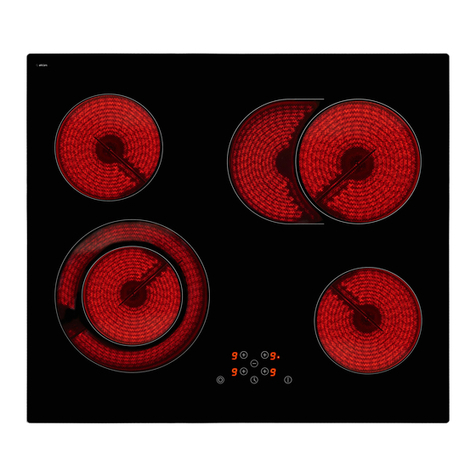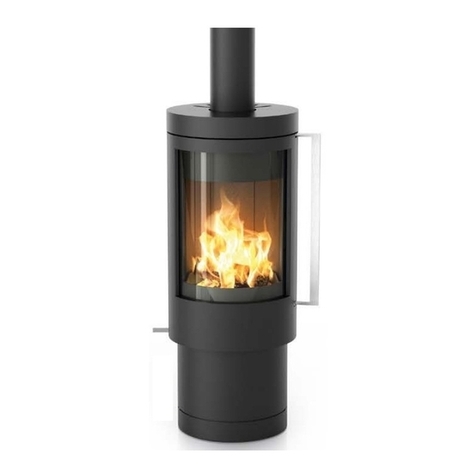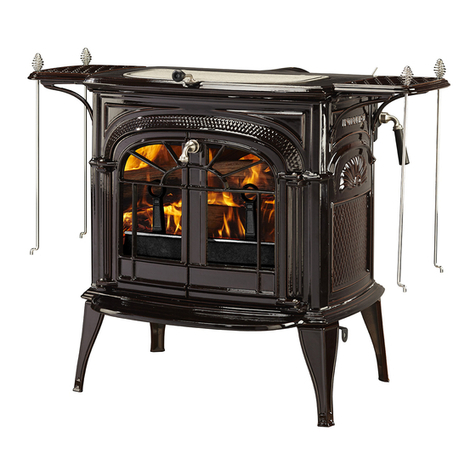7HD01 09/11
Moving the sliding control towards the wide side of the arrow increases the burn rate whilst moving it
towards the narrow side reduces it.
Multifuel Grate
This stove is fitted with a grate with a strong set of cast iron bars with suitable air slots and will burn most
fuels. When burning coal type fuels it is important to stoke the fire well where required to de-ash regularly,
to ensure that the primary airflow is not impeded, as a build-up of ash when burning coal can damage the
cast iron grate.A build up of ash when burning wood will not usually harm the grate and indeed wood burns
better on a bed of wood ash building up. Excessive wood ash build up is not to be recommended however as
this would decrease the size of the firebox and consequently decrease the amount of fuel that can be put in
the stove.
Ashpan
It is essential that you empty the steel ash pan every day. Use the thick end of tool to hook onto and lift the
ash pan out of the stove. DO NOT allow ash to build up underneath the bed as this may cause damage
to the grate.
Cleaning
Glass: Despite the advanced air wash system provided, the glass will still need cleaning from time to time
depending on the fuel quality and burning rates used. Never clean glass when the stove is hot. Always use
stove glass cleaner or ceramic hob cleaner, which is available from your stove retailer. As an alternative, use
a wet cloth with some of the wood ash if burning wood but be very careful to use very clean ash so as not to
scratch the glass.
Outer body: The outer body simply needs to be dusted from time to time. DO NOT use any kind of
furniture polish or cleaning agent other than your stove suppliers recommended paint.
Inner firebox: Brush the inside of the firebox clean from time to time to check the integrity of the plates
and liners etc. It is not normally necessary to re-paint inside the firebox due to the high temperatures that
mean that the paint does not have much effect before being burnt off. Steel and cast iron liners are resilient
firebox materials and will give reliable service without major cleaning or work on the firebox.
Baffle: It is essential to check the top of the baffle for build-up of soot and ash regularly when in use and
after a long period of no use. From time to time remove the baffle if necessary to ensure that the flue way
entrance is clear. Take note of the baffle orientation when removing and ensure it is refitted the same way.
Fuels
The appliance is fitted with a versatile multifuel grate and has been tested using wood and coal.
Notes on Wood burning
Notes on Wood burning
With a full load of wood, the stove will need to be refuelled approximately every 1.5 hours. Wood can be
stacked higher in the stove than solid mineral fuel but care must be taken that logs do not touch the baffle.
Wood burns most efficiently with the primary air controls closed and the secondary control partially open.
Moving the secondary control will control the burn rate of the stove.
Note –primary and secondary air is needed to light the stove, see section entitled
„Lighting the Stove‟.
Wood burns best on a bed of ash and it is therefore only necessary to remove surplus ash from the stove
occasionally.
Burn only dry, well-seasoned wood, which should have been cut, split and stacked for at least 12 months,
with free air movement around the sides of the stack to enable it to dry out. Burning wet or unseasoned
wood will create tar deposits in the stove and chimney and will not produce a satisfactory heat output. Do
not use liquid fuels in this appliance.
Lighting the Stove
We recommend that you have two or three small fires before you operate your stove to its maximum heat
output. This is to allow the paint to cure in steadily and to give a long service life of the paint finish. During

